Understanding DC Air Circulation Fans
Direct current (DC) air circulation fans are an essential category of air management solutions designed to provide efficient airflow in various settings. Unlike their alternating current (AC) counterparts, DC fans utilize a lower voltage for operation, which can translate into energy savings and quieter performance. These fans come in several types, including tower & pedestal fans, table fans, and axial flow fans, each serving a unique purpose in air circulation needs.
Types and Applications
The versatility of DC air circulators like the Vornado 633DC or the Devola 12 DC pedestal air circulator fan allows them to be used in diverse environments. Tower and pedestal variants are often preferred in residential and commercial spaces such as hotels and offices for their space-saving design and effective air distribution. Table fans, including models like the 533DC Vornado, are suitable for personal spaces, providing a focused airflow. Axial flow fans are typically used in areas requiring significant air movement, such as garages or outdoor settings.
Features and Materials
DC air circulation fans are engineered with a range of features to cater to different preferences. Options include basic mechanical controls for simplicity or advanced digital interfaces with remote control for convenience. The construction of these fans often involves durable materials like reinforced plastics and metals, ensuring longevity and consistent performance. Models like the Vornado 660 DC and 723DC Vornado are examples of fans that blend robust build quality with innovative design.
Advantages of DC Fans
The primary advantage of using a DC fan, such as the Vornado 633DC Energy Smart or the Mistral MACD1001, lies in their energy efficiency. These fans consume less power compared to traditional fans, which can lead to cost savings over time. Additionally, the reduced noise level makes them ideal for environments where quiet operation is valued. The Airmate DC motor circulator fan is another example that highlights the quiet and efficient operation of DC technology.
Choosing the Right DC Air Circulator
Selecting the right DC air circulation fan involves considering the size of the space, the desired airflow, and specific features like speed settings or oscillation. For larger areas, a model like the Vornado 783 DC might be appropriate, while the Pro Breeze 10 DC air circulator fan could be ideal for smaller rooms or offices. It's important to assess the specifications of each model to find the best fit for your air circulation needs.
Conclusion
In conclusion, DC air circulation fans are a cost-effective and efficient way to manage airflow. Whether it's the compact Vornado 533 DC for personal use or the more robust 723DC for larger spaces, there is a wide variety of options available to meet the demands of different environments. By considering the types, applications, and advantages, buyers can make an informed decision on the most suitable DC fan without the influence of brand-specific promotions or claims.

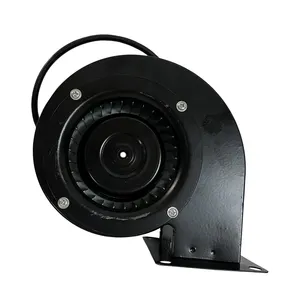

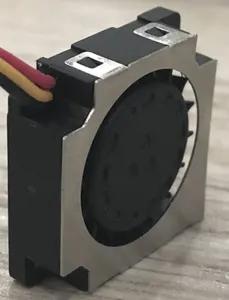

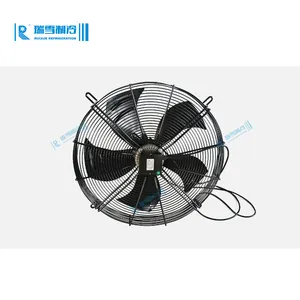



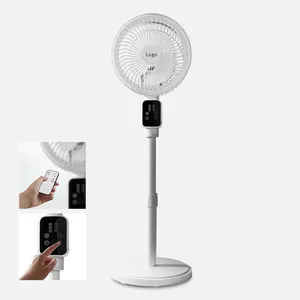
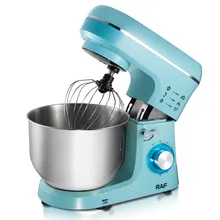
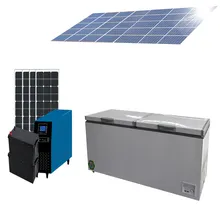
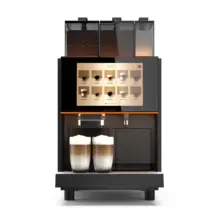


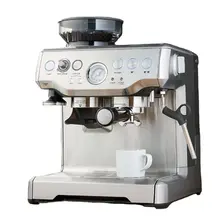

























 浙公网安备 33010002000092号
浙公网安备 33010002000092号 浙B2-20120091-4
浙B2-20120091-4